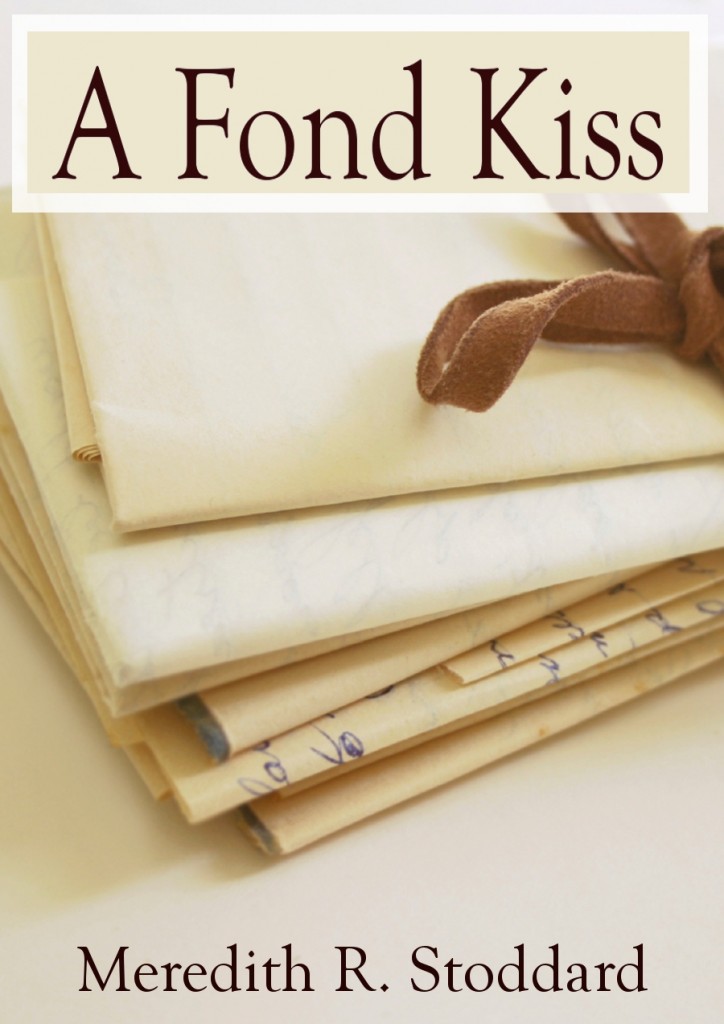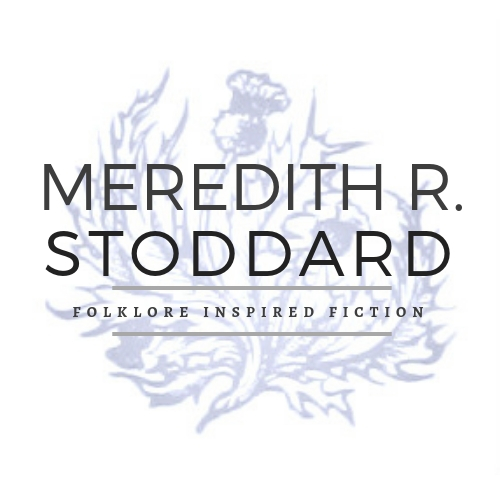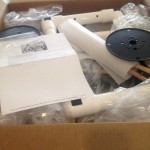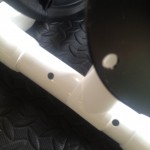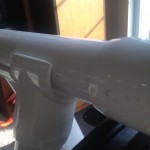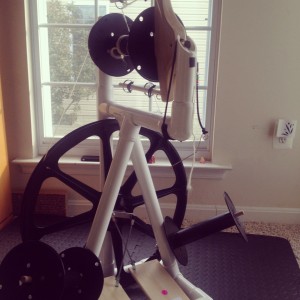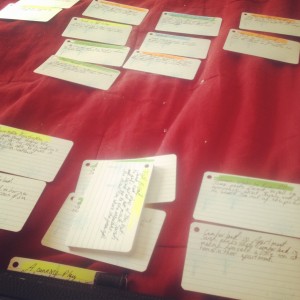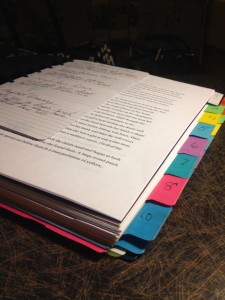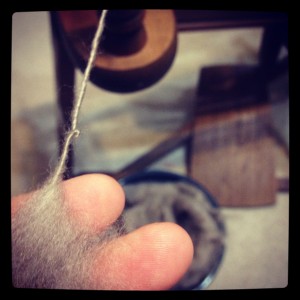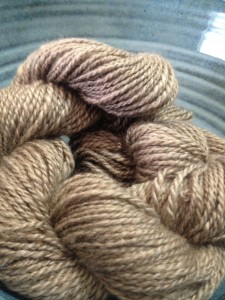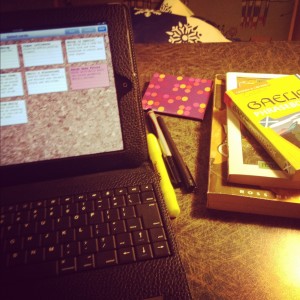Moving Right Along
/Ha! Now you have that song from The Muppet Movie stuck in your head. You're welcome. On a serious note. Feedback on the upcoming novelette is coming in from my awesome beta readers, and so far things are sounding pretty good. While I'm waiting to hear from the rest of them I thought I would go ahead and work on the cover. I'm a DIY kind of gal and this little gem is going to sell for .99 so I didn't want to spend a ton on getting someone else to design the cover. Unlike last time I didn't have a photo in my pipeline that was ideal for this story though. So, I joined istockphoto.com and found a great photo to use. I know some of you are probably saying that there are plenty of free photo places online. Truth is I looked at those and the license agreements on most of them were a little murky. I decided that I would rather pay a little money up front, than potentially have to pay out later if I was misinterpreting or if the free site wasn't as scrupulous in where they got their pics. I'm not knocking those sites and if you know of one that you trust completely, I would love to hear about it.
Being a content producer I'm sensitive to copyright issues and try to operate under a standard of courtesy when it comes to intellectual property. We see this a lot in the craft world. My sister-in-law for example has a pretty successful business going through etsy and various retail boutiques selling her hand stitched felt goodies. She's been at it for a few years now and even has a book coming out. If you're crafty you can pre-order it here. Just the other day she discovered another etsy seller who was not only selling similar felt goodies, but had copied her signature stitch pattern and even copied some product descriptions word for word. Now, it's might hard to enforce copyright in the crafting business, but a lot of crafters especially those selling things operate under a general rule that you don't copy other peoples designs. I don't want to get caught up in a similar misunderstanding (I'm being very generous there to my SIL's copier) with my book cover, so I'll pay a little and it really is only a little.
With that said, here is the cover for "A Fond Kiss". Since this is only my 3rd cover, I am certainly open to feedback. Please let me know what you think. To leave a comment please keep scrolling all the way down. I don't have a specific release date for this piece yet, but I'm hoping to get it done this month.